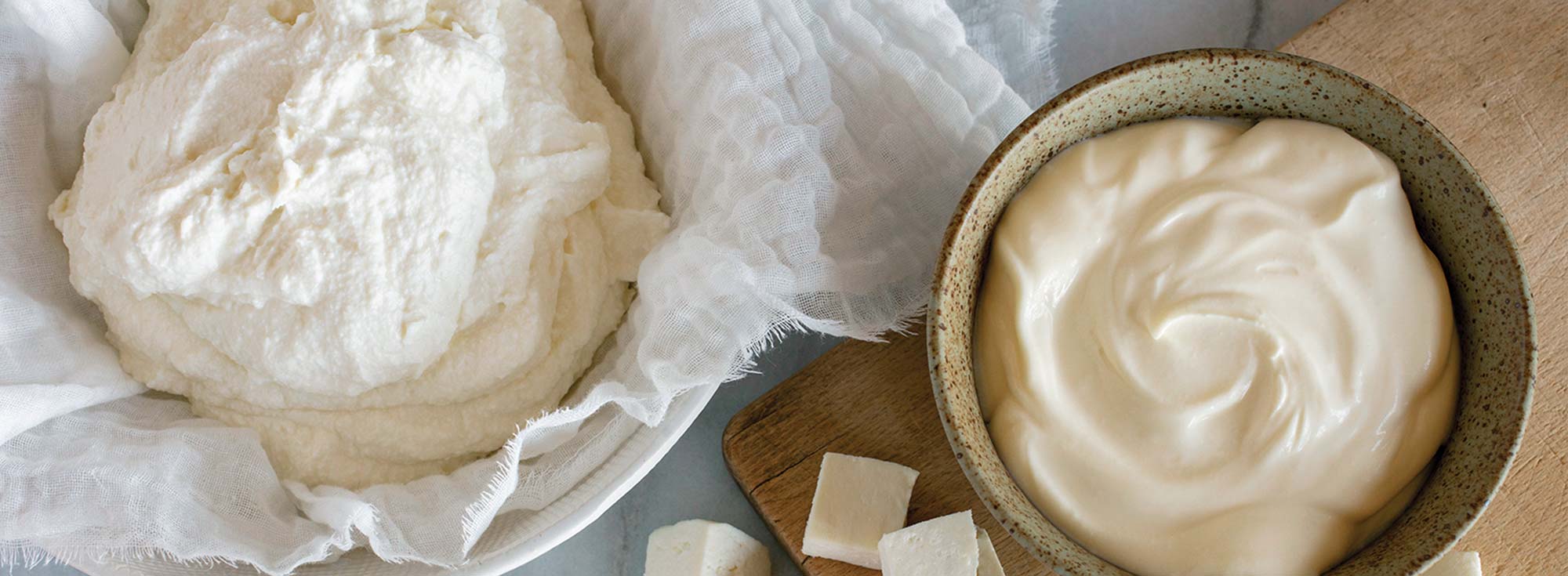This blog is empty
Back to home
All you need is milk
Cheese Making Kits
Discover the joy of cheese making with our all-inclusive kits, perfect for making a variety of cheese. Whether you're a novice or looking to surprise someone special, these kits offer a simple and enjoyable way make cheese at home.
Shop KitsCheese Making Supplies






































